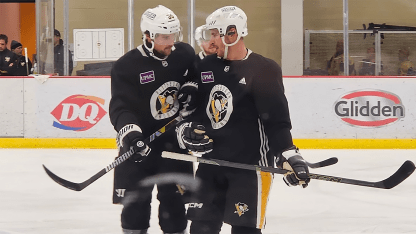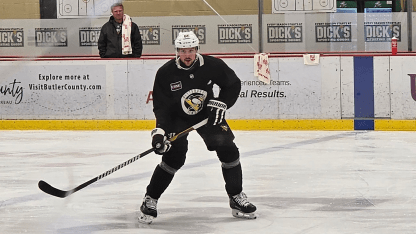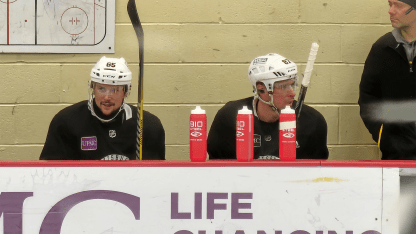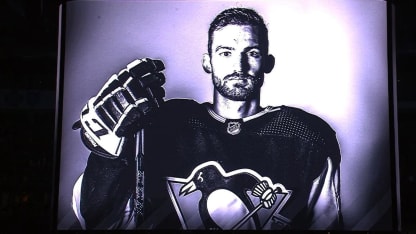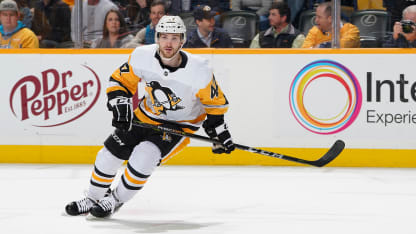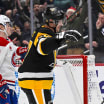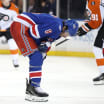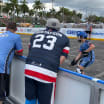"I wish I did back then. That's probably what started that trend, was my injury there," Karlsson said of wearing protective socks. "Because I don't think anyone was really wearing it before that. After that, I think most guys just wear it because it's just like a normal sock anyway. I think they've done a good job with it.
"I obviously haven't [worn a neck guard] for a long time now. See if I can get back into it. Anything is better than nothing, so we'll see where it goes."
Graves said he was close to being cut on the neck during a game with the New Jersey Devils two seasons ago, getting caught on the chin instead, but did not consider wearing a guard after.
"It didn't really cross my mind at the time," Graves said. "A little bit, but no one was really wearing them. It's sad, but it takes something tragic to happen to make you really open your eyes and make you see."
Eller and Pettersson each said he wore the guard Thursday as a test run.
"I would consider wearing it," Eller said. "I tried it today just to see how it felt. It was a little uncomfortable because it was new. You're not used to wearing it. … I would change the design a little bit to make it better and more comfortable. But all in all, I would be able to get used to wearing it."
What happened to Johnson has resonated with the Penguins, Pettersson said.
"I think everybody is taking it very seriously," Pettersson said. "Skates flying everywhere. You realize how close it is to happening all the time, but you don't see it happen that often."
Pittsburgh captain Sidney Crosby did not wear a guard but said having them available was a step in the right direction.
"I wore a neck guard growing up. I don't know if we wore one in juniors or not," Crosby said. "But obviously, with what just happened, I think everyone is trying to do their best to avoid that. I think everyone is going to take a good look at it.
"Now there's been some conversations, so we'll see what happens."
Connor McDavid of the Edmonton Oilers said Thursday that though comfort is important, "it’s also comfortable to know that you’re protected."
"That can bring a big comfort to guys," he said. "I think it’s personal preference for everybody. Lots of guys have cut-proof stuff, I have some and you see some guys that don’t wear much at all. It’s all choice, but that being said, it’s a really fast game these things happen but I know our staff and everybody is well equipped to handle pretty much all situations."
Washington Capitals forward T.J. Oshie, whose company Warroad Hockey produces cut-resistant protection, wore a neck guard for the first time during a 3-0 loss to the New York Islanders on Wednesday. He said he didn’t notice it after his first shift.
“NHL guys, I think it's super important that they know it's going to be available,” Oshie said. “It's available to them, I think maybe the teams can help provide that and then, we're grown men. If you don't want to do it, you don't. For at least now, middle of season, I don't know if it's necessary to mandate it. But you can make your own choices.
“I made my choice for my kids, and I want to stick around from them, so just trying to decrease the chance of injury.”
NHL.com staff writers Derek Van Diest and Tom Gulitti contributed to this report
